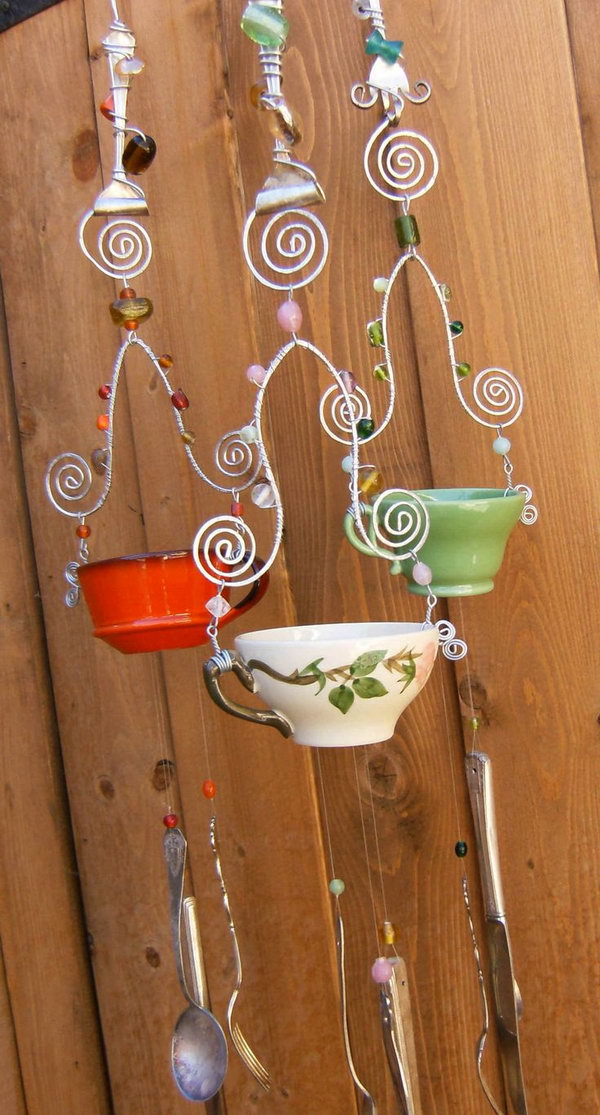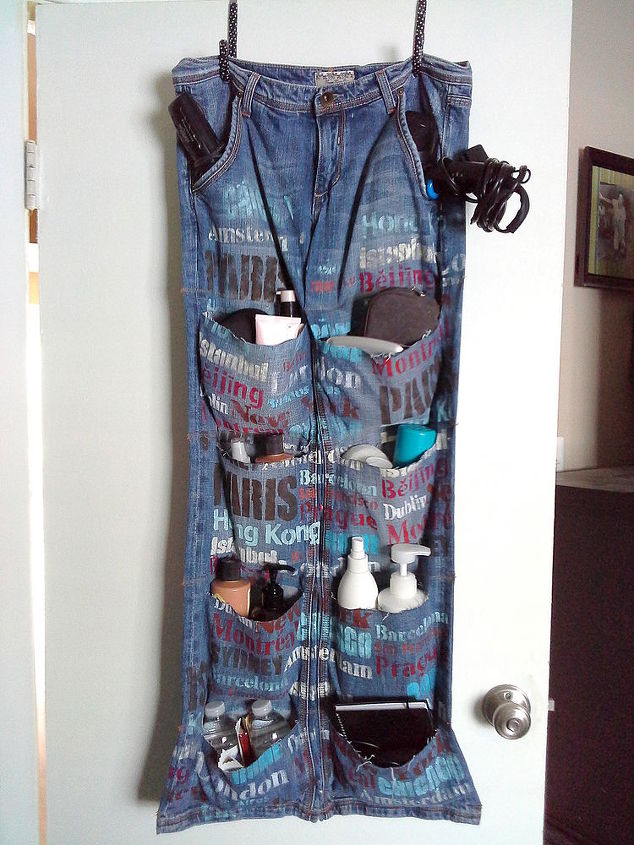Table of Content
If you’re resolved to add an element of eco-friendliness into your home this year, you’re in luck. More plant-based food options Our goal is that by 2025, 50% of main meals offered in IKEA restaurants will be plant-based and 80% will be non-red meat.

Growing and watering ingredients on an industrial scale require a huge amount of energy. Before many common foods, even vegetables, reach the shelves of a supermarket they have to consume a lot of energy. Growing your own food is not only fun and money-saving, but it is also good for the planet too. Their guide breaks down the advantages and disadvantages of dual pane windows, UPVC windows’ cost, and the typical energy savings they can make.
GREEN UP YOUR DIET
Just as keeping your car in shape improves your fuel efficiency, keeping your home in shape improves your energy efficiency. Many states now offer incentives to help you green your home or rental at low or no cost. Not everyone can run out and trade in their old gas-guzzling clunker for the latest planet-friendly hybrid car.

Every product we purchase has an environmental footprint, from the materials used to create it to the pollution emitted during manufacturing to the packaging that ends up in landfills. If you do, consider buying gently used instead of new, and look for minimal packaging and shipping. Watch The Story of Stuff and learn more about the zero waste movement. Just .4% of the Earth’s water is freshwater, and far too much of that gets wasted every day. Making your home more sustainable can be achieved in a variety of ways. Reducing your energy consumption is not only better for the planet, but it is also better for your bank balance too.
Renovate with Sustainable Materials
We develop products that enable people to live more sustainably, and we share tips and ideas on how to be more energy and water efficient, minimise waste, and eat more plant-based. Every year, forest fires are increasing in size and severity, damaging vital ecosystems and creating a need for millions of trees. Some major consequences of forest fires include significant loss of wildlife, loss of vegetation, soil erosion, air pollution, and greenhouse gas emissions. Changing your driving habits can dramatically reduce your carbon footprint. Walk, bike, carpool or use public transportation whenever possible. Participate in, or start, car-free days in your community.

There are lots of little things we can do in our homes to play our small part in reducing landfill waste, cleaning the air, and preserving the natural landscape. But we double our efforts when we get our kids involved, helping them understand the why to our what. Being eco-wise is about celebrating creation, being good stewards with what we’re given, and passing on those values to the next generation. If you have the outdoor space, a clothesline dried by fresh sunshine is a zero-emission alternative to putting a load in the dryer. Choosing a more sustainable lifestyle at home doesn’t mean you have to tear down the walls and rebuild your home from scratch.
Hang Dry Your Clothes
And that’s not necessarily a bad thing; manufacturing new cars takes a lot of resources too. But if you’re in the market for a new car, look for a fuel-efficient model — you’ll save thousands on gas money and reduce your carbon footprint over the years. If you’re buying a new refrigerator, washer or dryer, look for the Energy Star label to find the most efficient appliances. Learn more about fuel economy standards and then compare the gas mileage for new cars. With more than 7.5 billion people in the world, and more every day, our demands for food, water, land and fossil fuels are pushing other species to extinction. We can achieve an ecologically sustainable population in ways that promote human rights; decrease poverty and overcrowding; raise our standard of living; and allow plants, animals and ecosystems to thrive.
You can also save energy by swapping in smart power strips for your large electronic devices. These energy-efficient power strips turn off after a device has been inactive for a set amount of time, eliminating unnecessary energy waste. Every day we make choices in our lives that affect the environment, the climate and other species. From what we eat to how many children we decide to have, there’s a lot we can do to “choose wild” and reduce our environmental footprint to leave more room for wild animals and plants. We want to make healthy and sustainable living the norm by inspiring and enabling more sustainable behaviours in society.
Meat production is one of the most environmentally destructive industries on the planet, responsible for massive amounts of water use, pollution, greenhouse gas emissions and habitat destruction. You have three chances a day to improve the health of the planet — by reducing your meat consumption you can reduce your environmental footprint. Also, nearly 40 percent of edible food in the United States goes to waste -- wasting all of the natural resources that went into producing it. Prevent food waste with smart, planned shopping and creative ways to consume what you purchase.Learn more about how to adopt an Earth-friendly dietand Beat Food Waste. One of the best things you can do for wildlife and the planet, today and for the future, is to get politically involved in your community and at the national level. Urge your representatives to pass stronger policies to limit greenhouse gases, fight climate change, protect our wildlife and public lands and support access to reproductive health services.
Cutting down on disposable, single-use plastic is a step towards a more sustainable home life and a step towards protecting our environment from harmful waste. Who Gives A Crap is a certified B Corporation that specializes in sustainable, biodegradable, septic-safe, non-toxic toilet paper that is tree-free and gives back. Who Gives A Crap donates half of its profits to non-profit organizations focused on building toilets and improving access to water and basic sanitation in developing countries. Each year, households discard 254 million tons of paper towels. Just like plastic, this unrecyclable paper chokes up landfills and creates needless waste.
The good news is that we have smart, affordable products that can help you make the most of what you buy and cook. A personalized tree certificate to say thanks for your donation. We'll also send you updates about this project, so you can track the impact your trees are having on the community and environment. When it comes to green cleaning, white vinegar is about to become your best friend.
Better education and access to family-planning services decreases family size and our overall carbon footprint, helping children and wildlife thrive. By far the quickest, simplest, and cheapest way to make your home more sustainable and reduce your energy costs is switching your home lighting to energy-efficient lightbulbs and LED systems. This may seem like a small change, but it can have a big impact on your bills and your home’s carbon footprint. If you replace all the lightbulbs in your home, you can reduce your lighting bill by up to 90%.
From beeswax food storage wrappers to reusable storage bags that eliminate the need for Ziplocks, there are several ways you can reduce, reuse, and recycle your food. Reducing food waste should be a top priority in every household to preserve and protect our environment. If you don’t have an outdoor space to dry your clothes, consider purchasing an eco-friendly drying rack to help your clothes air dry indoors. Prevent heat loss and environmental costs by replacing single-pane windows with double-pane windows instead. Making home solar accessible We want as many people as possible to be able to enjoy the benefits of solar power. So, in more and more countries we’re offering home solar power solutions.
Salvage and junk yards can be goldmines for cheap and easy-to-reuse materials that can be incredibly cheap to buy. Before you head to a big brand store to buy wood for countertops or flooring, look for reclaimed wood you can repurpose. Not only does this save you money, but it also saves the planet too. You can often find classic, old-school fixtures and fittings there too, including sinks and bathtubs.
Buy an inexpensive reusable water bottle, and stop buying plastic disposable bottles. My favorite is the Kleen Kanteen with the sport cap for everyday use and the foldable Vapur for travel. Purchasing a showerhead that has a WaterSense Label ensures that your shower will not use more than 2 gallons of water per minute. WaterSense certified showerheads are also 20% more water efficient than their non-sustainable counterparts. Bring sustainability into your household with the help of recycled toilet paper. Make your life at home a little more sustainable and prevent unnecessary waste by upgrading your old toothbrush to an eco-friendlier alternative.
Make sure your big purchases have big environmental benefits. Looking for ideas on how to live more sustainably at home? Watch documentaries about the food industry and environment. A few good ones are Food Inc., Our Planet, Before the Flood, and The True Cost. Before buying anything new, first check your local Craigslist, Freecycle, or Buy Nothing groups. Research whether you can sign up for local renewable energy from your utility company.


No comments:
Post a Comment